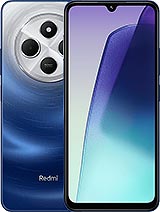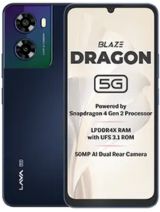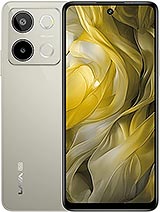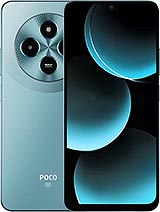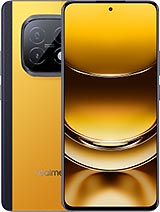Redmi 13C 4G alternatives
Tap above to see alternatives.
Samsung Galaxy A16 alternatives
Tap above to see alternatives.
Redmi 13C 4G
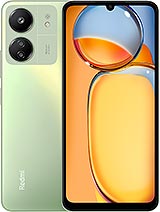
Redmi 13C 4G
-
Helio G85
12 nm
-
5000 mAh
18W
-
6.74"
720x1600 pixels
-
50 MP
1080p@30fps
- Specs
Samsung Galaxy A16

Samsung Galaxy A16
-
Helio G99
6 nm
-
5000 mAh
25W
-
6.7"
1080 x 2340 pixels
-
50 MP
1080p@30fps
-
Specs

2x2.0 GHz Cortex-A75
6x1.8 GHz Cortex-A55
2x2.2 GHz Cortex-A76
6x2.0 GHz Cortex-A55
6GB 128GB (eMMC 5.1)
8GB 128GB (eMMC 5.1)
4GB 256GB (eMMC 5.1)
8GB 256GB (eMMC 5.1)
6GB 256GB (UFS 2.0)
f/1.8, 28mm (wide), PDAF
2 MP
f/2.4, (macro)
0.08 MP
(auxiliary lens)
f/1.8, (wide), AF
5 MP
f/2.2, (ultrawide)
2 MP
f/2.4, (macro)
f/2.0
f/2.0, (wide)
SIM1: Nano, SIM2: Nano
SIM1: Nano, SIM2: Nano
FDD: N1, N3, N5, N7, N8, N20, N26, N28, N66
TDD: N40, N41, N77, N78
FDD: N1, N3, N5, N7, N8, N20, N26, N28, N66
TDD: N40, N41, N77, N78
In this performance comparison, the Samsung Galaxy A16 with its Mediatek Helio G99 (6nm) performs better than the Redmi 13C 4G with the Mediatek Helio G85 (12nm), thanks to superior chipset efficiency.
Samsung Galaxy A16 offers 6 years of OS updates, whereas Redmi 13C 4G provides 2 years. For security updates, Samsung Galaxy A16 offers 6 years of support compared to Redmi 13C 4G's 4 years.
Samsung Galaxy A16 features a superior AMOLED display, while Redmi 13C 4G comes with an LCD panel. Both smartphones offer the same 90 Hz refresh rate. Samsung Galaxy A16 also boasts a brighter screen with 800 nits of peak brightness, enhancing outdoor visibility. Notably, Samsung Galaxy A16 offers a higher screen resolution, resulting in sharper visuals and more detailed content.
Both phones are equipped with the same 5000 mAh battery capacity. Samsung Galaxy A16 also supports faster wired charging at 25W, compared to 18W on Redmi 13C 4G.
Samsung Galaxy A16 includes an IP54 rating, while Redmi 13C 4G lacks an official IP rating.
- Samsung Galaxy A16 – Check price here
¹ Scores can vary even with the same chipset due to RAM, thermals, and software optimization.



